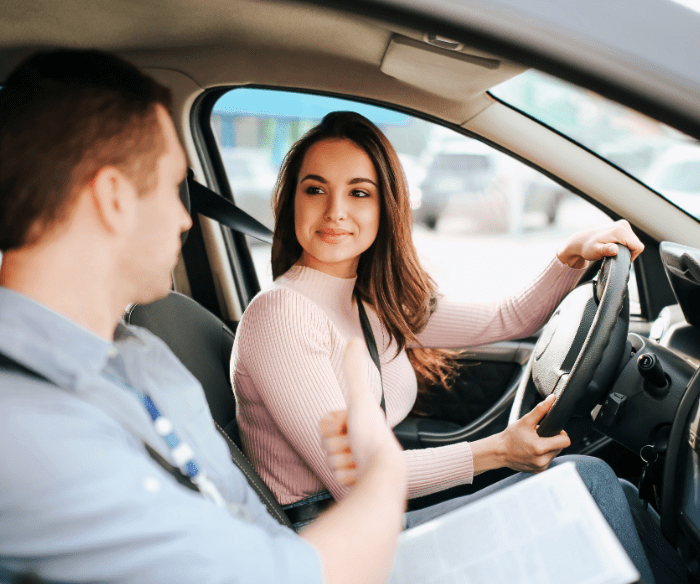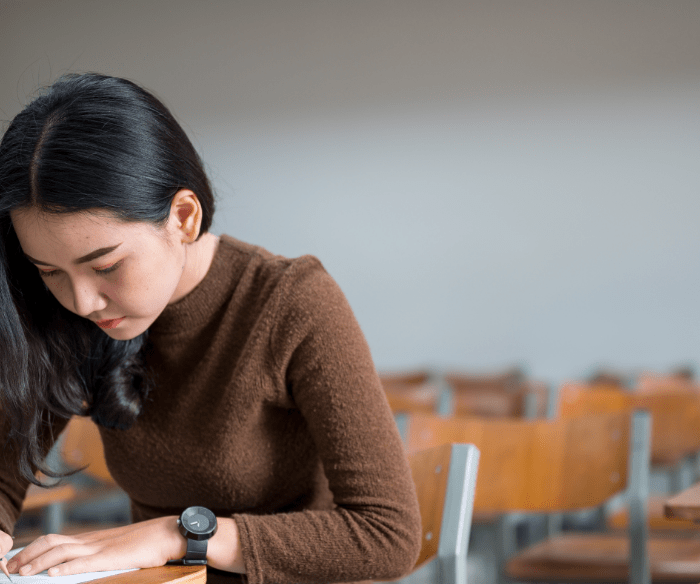When starting the journey towards earning your driver’s license, it’s natural to have a lot of questions. You may be eager to get behind the wheel as soon as possible, but it’s important to understand exactly what steps you need to take in order to receive your license. Once you earn your learners permit, the next question may be: “what’s next?” In most states, the answer is driver’s ed.
Driver’s Ed Requirements
Driver’s education is an important step for preparing for DMV driver’s test in many states. Although requirements vary from state to state, almost every state requires some form of formal instruction. For instance, in California teens under the age of 18 must show completion of 30 hours of formal classroom driver’s education. Six hours of behind-the-wheel training is also required for teens under the age of 17.
What Will I Learn?
DMV-approved driver’s ed courses involve teaching new drivers a specific set of skills needed to be successful on the road. In the classroom you will likely learn about driving laws, state driver’s license information, how to keep your license, traffic control basics, and other essential knowledge. Meanwhile, your time in the car will consist of learning how to turn, how to maintain lane control, park, how to share the road, vehicle positioning, and more. The goal of driver’s ed is to prepare you for what you likely experience on the road from day to day and in emergency situations.
Can I Take The Course Online?
Yes, today online driver’s ed courses are popular for both their convenience and quality. Programs like Alliance Defensive Driving School’s online driver’s ed features interactive games and videos to promote engaged learning. Many programs also allow you to complete a program at your own pace and on your schedule. Whether you need a few months or a few days, the timing is up to you.
Benefits of Choosing a Driving School
Flexible Scheduling
Driver’s ed at public and private high schools is often scheduled before or after school or in strict summer timeframes. In both cases, teens are more likely to be tired and less focused. Driving schools offer weekend and evening courses for your convenience. This also gives young drivers the experience of driving at night.
Personal Attention
Many driver’s ed courses split time in the vehicle between three to four teens. A driving school course puts the focus on the person and their specific questions and concerns. Their instructor will get to know their learning style and how to help them best succeed.
Updated Educational Equipment
Alliance Defensive Driving School’s training vehicles feature both a gas and brake pedal on the passenger’s side. Most driver’s ed vehicles only include a brake pedal, which makes you only half safe. The instructor will be able to gain complete control over the vehicle if something unusual should happen. You can never be too safe.
Alliance Defensive Driving School Offers a Premium Driver’s Ed Experience
Not all driving schools are created equal. The qualified staff of instructors at Alliance Defensive Driving School strives to nurture and educate each student in a safe, interactive atmosphere. Each driver’s ed lesson is designed to help students become experienced, skilled drivers.
Reach out now to find out more about our driver’s ed courses.






